In December, Congress approved a new five-year Farm Bill that will provide full funding for conservation programs that help farmers put in place conservation systems that address soil, water, and wildlife needs in rural areas. Farm Bill conservation programs
provide $6 billion per year - the largest single source of funding for private lands conservation in America.
The new law passed with broad support (87 to 13 in the Senate, 369 to 47 in the House). This final approval came after six months of difficult negotiations to resolve the differences between very different Farm Bills passed by the Senate and House. Some
of the most difficult issues to resolve were the direction of Farm Bill conservation programs.
The Senate bill, which the League supported, provided full funding for conservation programs and strengthened key programs. The House bill, which the League opposed, would have cut funding for conservation and weakened two key conservation programs. What
emerged in the end was a compromise that provides full funding for conservation and important changes to many programs and landed close enough to the Senate bill to earn the League’s support.
Following is a quick summary of the new law.
WETLANDS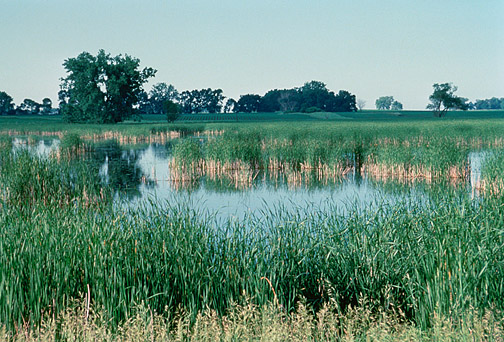
The League worked hard to protect Swampbuster, a common-sense provision that ensures farmers who receive subsidies for crop production, crop insurance, conservation assistance, and farm loans cannot drain or fill wetlands to grow crops. The final Farm
Bill maintains Swampbuster, which will be even more important if federal agencies remove Clean Water Act protection for most wetlands.
However, the new law does not provide additional funds to enforce Swampbuster, and it did not require the U.S. Department of Agriculture (USDA) to use up-to-date methods to ensure wetlands are accurately identified. The League will be pressing USDA to
fix these shortcomings, including using modern technology to more accurately map seasonal wetlands.
A big win for wetlands is an increase in funding for the Agricultural Conservation Easement Program to $450 million per year, which will provide more funds to restore and permanently protect wetlands. Along with an 11-percent increase in funding over
the 2014 Farm Bill, the new law streamlines the program to make it easier for conservation groups to use it to obtain wetland easements.
Overall, the Farm Bill should represent a win for wetland conservation and the people and wildlife that depend on the many benefits wetlands provide.
CLEAN WATER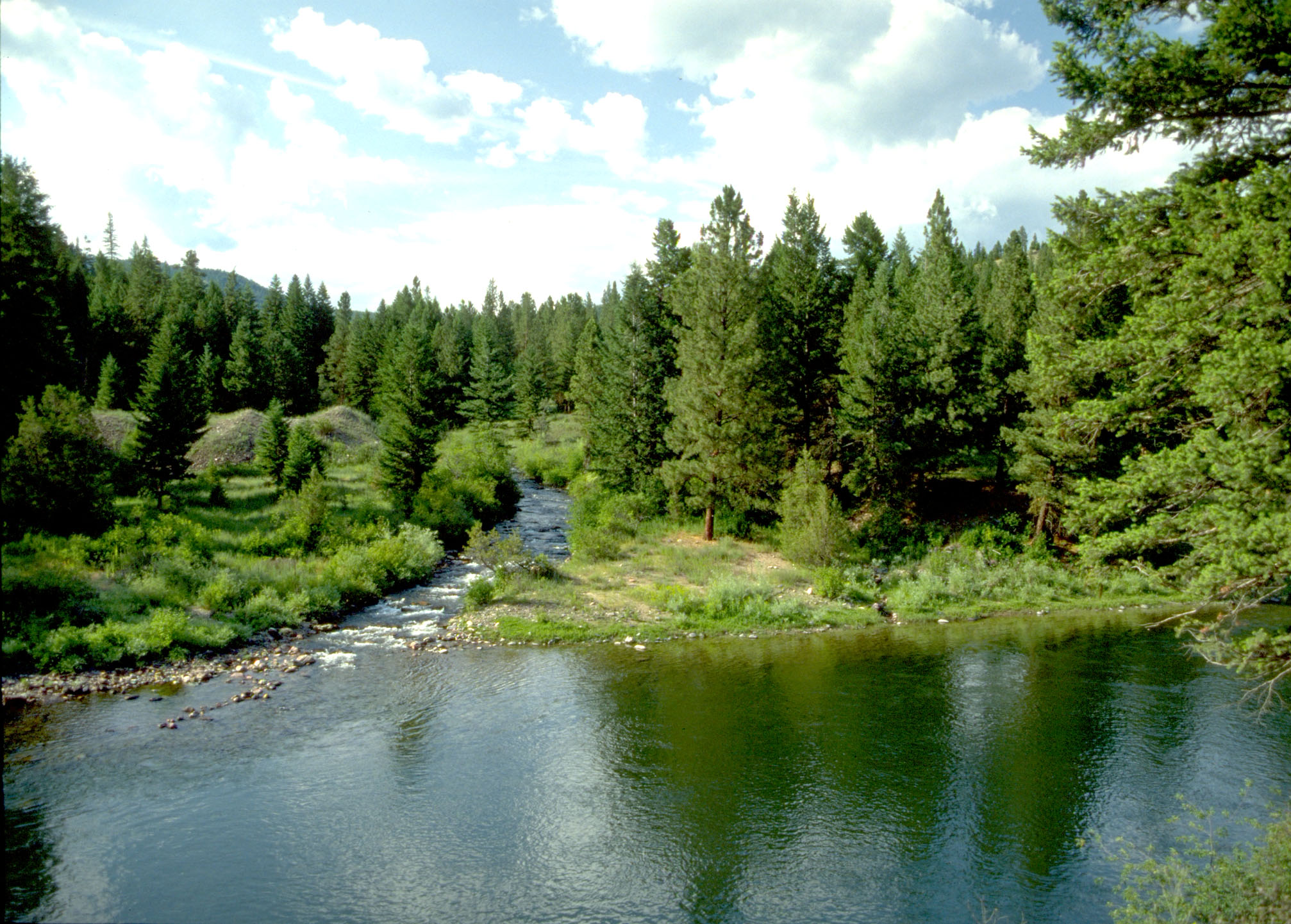
Difficult negotiations over the Conservation Reserve Program (CRP) provisions reflect tensions between lawmakers who want to harness the potential for the program to do more to address water quality problems and those who want more large blocks of grasslands
to benefit grassland birds. At best, it will take time to sort out whether the new law is a net win for water quality.
The new law expands the CRP to 27 million acres (from 24 million acres). One-third of CRP acres are currently in special initiatives, including initiatives that protect water quality through buffer strips and other practices that reduce runoff of fertilizer,
pesticides, and soil from cropland. The new law attempts to maintain the current share of CRP acres devoted to these special initiatives, but it will substantially reduce the rent and other incentives paid to farmers who enroll in CRP contracts.
As USDA learned in a CRP signup last summer, even with low crop prices, many farmers are unwilling to take land out of production without adequate incentives. USDA reduced rental rates and eliminated most incentives paid to farmers, and less than 300,000
acres of new special initiative CRP contracts were enrolled in 2018 (that’s compared with over 1.3 million acres in both 2016 and 2017).
Fortunately, the new bill increases funding for the Regional Conservation Partnership Program, which creates federal-state-local partnerships to solve high-priority natural resource problems. The bill will also focus more of these funds on state and regional
partnerships, and we hope that will mean more support to restore water quality in the Chesapeake Bay, Great Lakes, and Upper Mississippi regions.
Despite good intentions, it isn’t clear whether the new Farm Bill is a net gain for water quality. What is clear, given the huge challenges, is that USDA funding devoted to water quality will continue to fall far short of what is needed to clean
up America’s streams, rivers, and other waters.
GRASSLANDS AND NATIVE PRAIRIE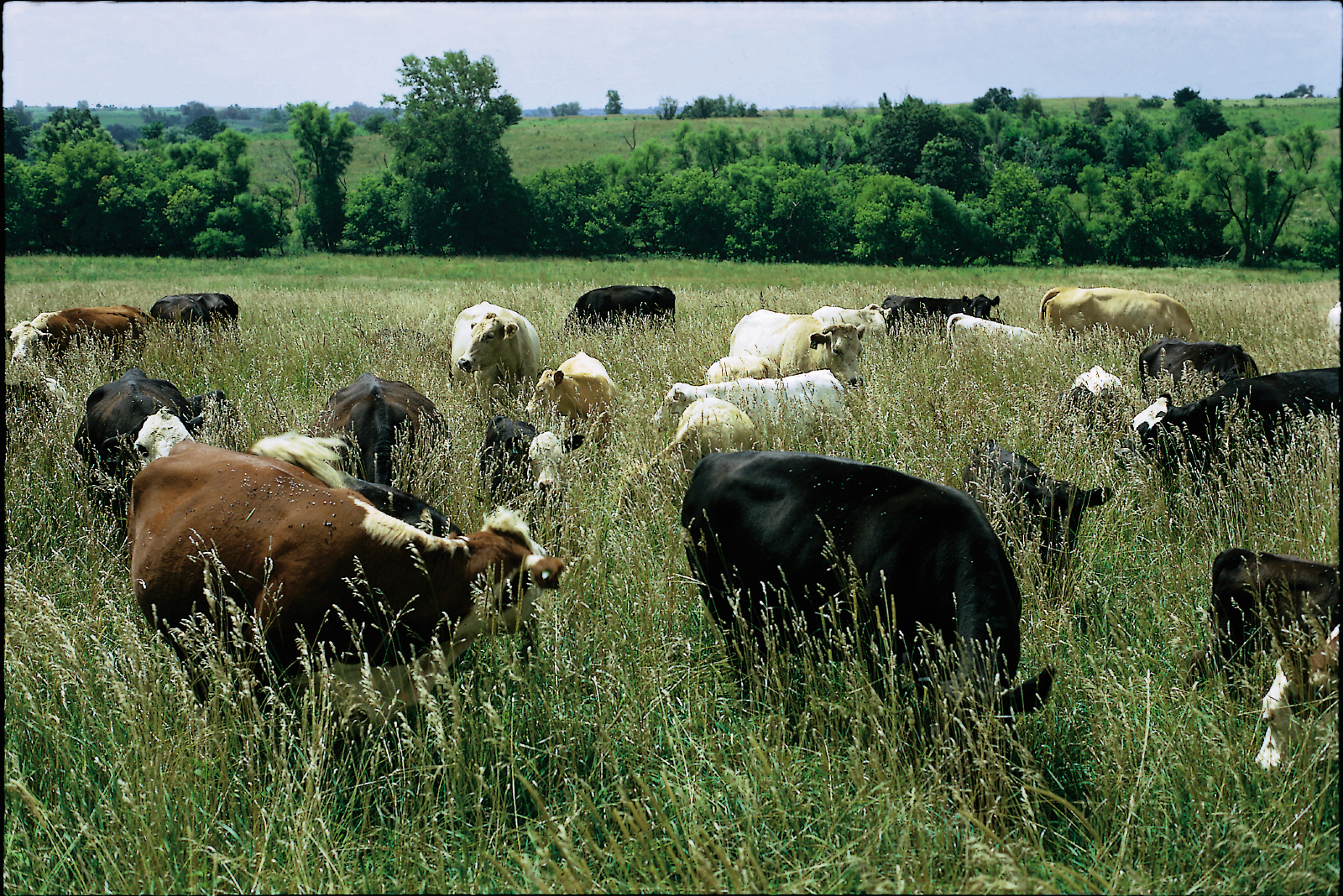
House leaders refused to agree with provisions in the Senate bill that would have expanded the number of states protected by the Sodsaver provision, which reduces federal subsidies to convert native prairie to cropland.
The law’s increase in CRP acres could help farmers convert some highly-erodible cropland to grassland. The new law also tells USDA to do its best to conserve 2 million acres of grassland through CRP grassland contracts. USDA has that authority now
but has enrolled less than 1 million acres in the initiative. Increased funding for the Agricultural Conservation Easement Program will also help protect more native prairie through permanent easements. Rewards for better managing grasslands will
be increased under the Conservation Stewardship Program (CSP), helping ranchers better manage native prairie and other grasslands.
Overall, the new Farm Bill should help maintain many existing grasslands, but it will not reverse the destruction of millions of acres of native prairie converted to cropland over the past decade.
HEALTHY SOIL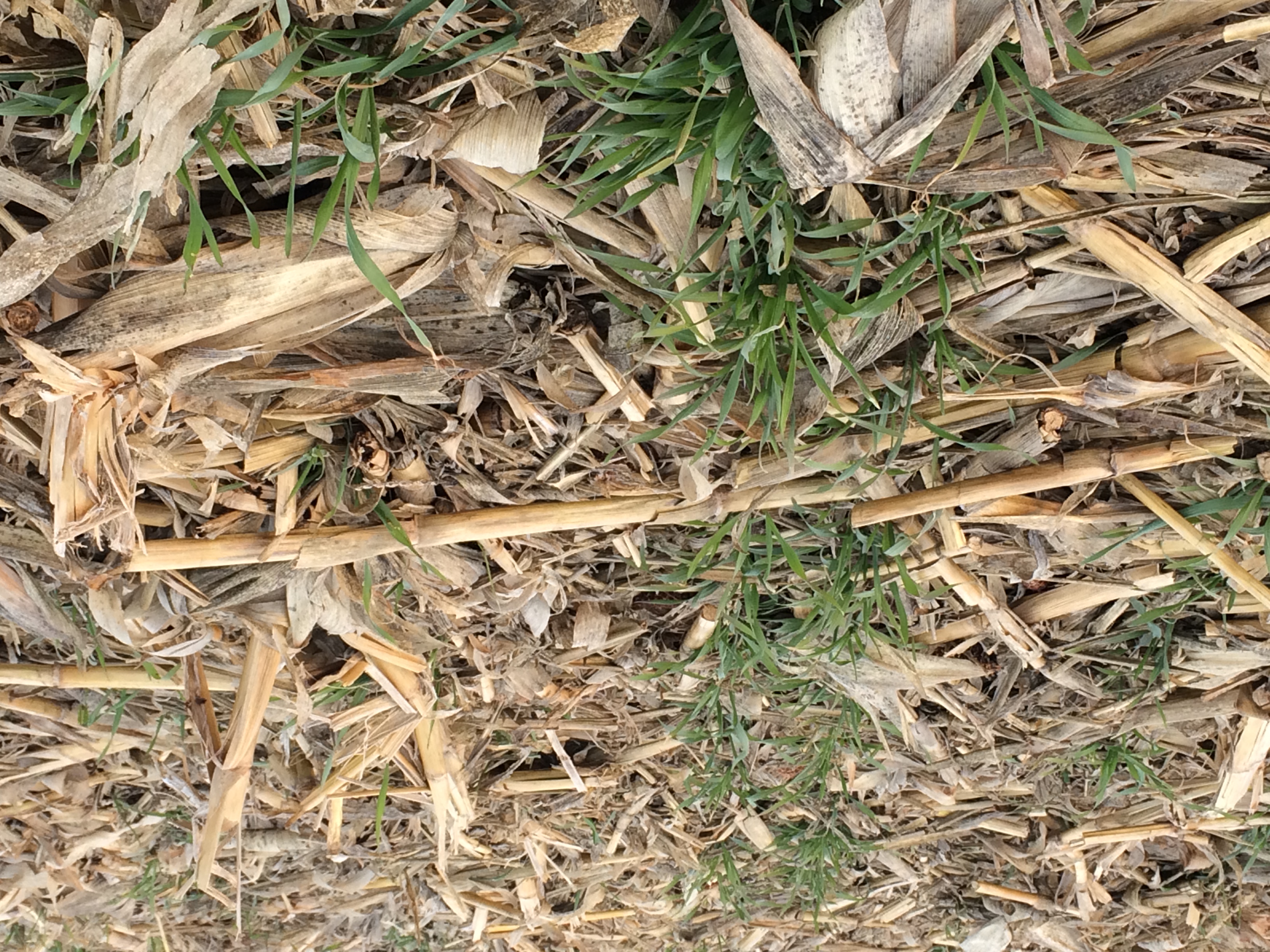
The new Farm Bill should help improve soil health, which was a top League priority for this legislation. The new law includes:
- Higher CSP payments for planting cover crops, using managed rotational grazing systems, and planting more diverse crop rotations.
- A new soil health demonstration initiative under the Environmental Quality Incentives Program (EQIP).
- More funding to help farmers who want to transition to organic farming.
Negotiators dropped language from the Senate bill that would have allowed a “good driver discount” on crop insurance for farmers who adopt practices that build soil health - one of the League’s priorities. Healthy soils absorb water
like a sponge, reducing polluted runoff and holding water for drier times. That protects our streams while reducing the likelihood that a farmer will need to collect on a crop insurance claim, which will benefit taxpayers in the long run.
WILDLIFE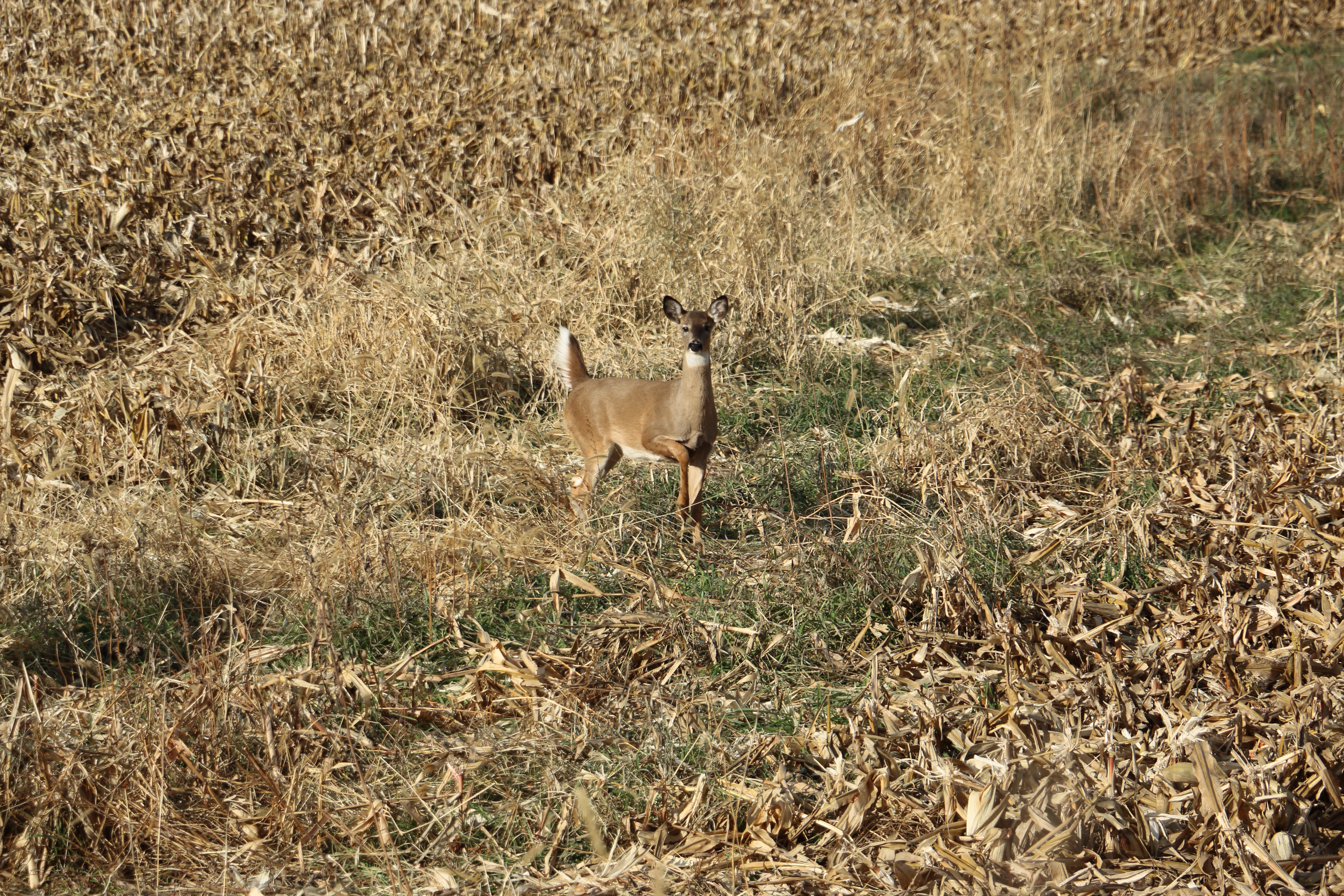
The new law earmarks 10 percent of EQIP funds for projects that benefit wildlife habitat. That will increase the EQIP dollars for wildlife to $200 million by 2023 (from about $60 million in 2018) — another provision the League advocated for. This
change, along with increased funding for wetland and prairie easements and a larger CRP, provides a clear win for wildlife in the Farm Bill.
The Voluntary Public Access program will see an increase in funding to $50 million over five years. The program provides funds that support state and tribal walk-in hunting, fishing, and recreation access programs. That will help people who fish, hunt,
or hike find more places on private land to enjoy the outdoors.
Continuing Commitment to Conservation
Overall, the League didn’t get everything we asked for in the new Farm Bill, but Congress renewed America’s commitment to funding vital farm and ranch conservation programs for another five years. Working with USDA, state and local governments,
and other conservation organizations, the League can help ensure these programs deliver as many benefits as possible for people, wetlands, waters, soil, and wildlife.
Learn more about the new Farm Bill on our website at iwla.org/ag.